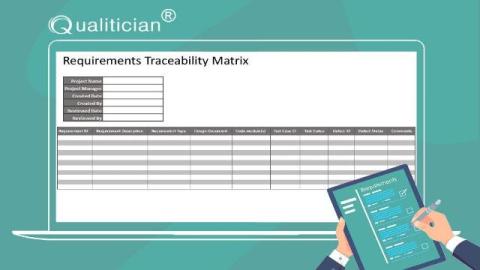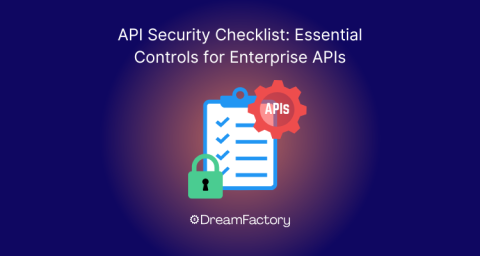Writing better tests in fewer lines
Are you still writing 15+ lines of code for a single Java test? Let’s change that. @Diego Molina explains how modern frameworks take that task off your plate. Frameworks handle browser setup and teardown so you can focus on what matters—writing tests. Abstraction makes your tests easier to understand, even for non-coders. With prebuilt API methods, you’re skipping the boilerplate and jumping straight to results. Saving time also saves money.











